How House of Today is putting Lebanon’s design sense on the map.
Cherine Magrabi Tayeb is an astute businesswoman and a steadfast supporter of Lebanese designers. She launched House of Today, a non-profit design platform in 2012, to nurture Lebanese talent through a number of programs and scholarships. During House of Today’s recent exhibition in Beirut, HOME spoke with the charming influencer to understand more about her inspiring and artistic undertaking.
Before we delve into your work, we want to highlight your very eclectic background—born to an Egyptian-Saudi father and a Lebanese mother and having lived in Saudi Arabia, Switzerland and the United Kingdom, and then settling in Lebanon which has become your permanent HOME. Which country or culture do you most identify with?
Perhaps a piece of me belongs to all these places.
Your father is the pioneer ophthalmologist Dr. Akef Magrabi who founded Magrabi Optical. How did you get involved in the family business?
I became involved with Magrabi Optical in 2002 when the first store opened in Lebanon. Initially, I was the store manager and worked my way up to become the group’s marketing director at the time.

You studied interior architecture in the U.K. Did you go into this field after your studies?
I always had a deep passion for interior design and studied in London at the Chelsea College of Arts and Inchbald School of Design. Following this, and before relocating to Beirut, I was engaged by some private clients for the conception and completion of interior design projects in London, New York and the Middle East.
How did you go from working in the family business to developing House of Today?
I’m still working with Magrabi, but now as the communications and creative director. House of Today stems from my passion for art and design, as well as from the intense ambition to see Lebanon become the regional reference for design. Where these two roles overlap is in their commitment to prioritizing contemporary design: Magrabi in the optical field, House of Today in product design. I recently added a third role when I unveiled 13BC, my brand of exclusive, collectible and limited edition minaudières. Launched in Paris, the collection brings together art, design and fashion.
Your first exhibition in 2012 featured 20 Lebanese designers and was a real game changer. You managed to bring many emerging and established designers together to create unique products. How have things evolved since then?
In the period since 2012, we’ve witnessed a renaissance of Lebanese design. We’ve been at the heart of this rebirth, as well as having transported the revitalization of the sector across the region and also globally.
A number of the young designers we featured in our first biennale in 2012 have gone on to take their place on the global design stage. It’s a pattern we’ve seen repeated through our 2014 and 2016 biennales too.
We’ve become more than a biennale and more than a vehicle for scholarships though. There has been an acceleration of our involvement in design around the world. This can be seen through our connections with leading international galleries, studios, museums and institutions. We’ve initiated many collaborations within these—notably for this year’s biennale with New York’s R & Company—and worked to successfully place artists’ designs in the permanent collections of renowned galleries, including Najla El Zain and Nathalie Khayyat at London’s Victoria & Albert Museum.

Why did you choose the name “House of Today” for your design platform?
We’re delivering a straightforward message. “House” represents the place where people make their HOME together, where they grow and where they are cared for. Here, everyone is supportive of one another and it’s also a place where memories are made. Our house is where we live and grow with and crystalize everything that creates the self. “Today” represents the now! Every day is a new today. It’s a word that represents constant renewal and positive evolution.
You had a space at Design Miami last year to showcase Lebanese designers. What was the feedback?
It was House of Today’s first international showcase. I took the work of three young and remarkable Lebanese designers that represent the new generation, and the feedback and interest from the public and media were extremely positive.
Since then, I’ve taken House of Today to Milan and Paris during their design weeks and generated equally positive feedback and results. I’m always planning further international showcases.
I aim to bring Lebanese design to an even broader global audience. The eyes of the design world are increasingly on Lebanon.

When you select Lebanese talent what do you look for?
Today, after decades of its own brand of inertia, Beirut has reached an exciting turning point. Following individual visionaries who have been, slowly but surely, laying down the groundwork for greater things to come, a new generation of Lebanese thinkers, dreamers, artists and “revolutionaries of the now” has been born.
House of Today is feeding a creative revolution that found its starting point in the work of those who, while on their individual and constant pursuit of betterment, greatness and perfection, learn to define their standards.
It is these designers, those who break the social mold, those who make “different” beautiful by upholding their values, redesigning their principles, extracting unforeseen emotions, reformulating their own, unique ideals and ultimately elevating themselves, that House of Today supports and encourages.
By doing so, these designers are contributing to the education and awakening of society as a whole, leading to a path that redefines the next level, where individuals turn to each other and become entities by combining mutual learnings, experiences and knowledge.
You have a scholarship program for students who wish to pursue graduate or postgraduate study at a respectable product design university. Is House of Today primarily a platform for educating future Lebanese designers?
It is one of the main purposes of House of Today. We support Lebanese design and designers through a series of initiatives. Our constant aim is to identify, nurture, mentor, curate, showcase and connect emerging Lebanese designers. Our scholarship program is a fundamental pillar of our work, but equally so is our biennale, our international exhibitions, our connections with leading global galleries and museums and the work that we do through directly mentoring designers in the country.

As a non-profit, how do you fund House of Today? How many students do you accept each year for your scholarship program?
House of Today is primarily funded through the generosity of private donors, those who share my belief and my vision for the future of Lebanese design. We’re also able to support our work through the proceeds of sales made during and after our biennale.
So far, since we launched the scholarship program in 2015, we’ve placed 11 students in degree courses throughout Lebanon, Europe and the United States.
You also assist fresh graduates in getting internships. Is this both in Lebanon and abroad?
We’ve been able to arrange internships at a number of design studios in Lebanon and also within larger corporations that have design in their DNA. Although these internships have mainly been in Lebanon, it is House of Today’s objective to continue to develop this program so that we’re able to arrange more opportunities for Lebanese graduates to work abroad.
Can you tell our readers more about your latest Design Biennale?
This year’s event built on the success of our three previous shows, and also rounded up a remarkable year on the global stage for me, for House of Today and Lebanese design as a whole. It featured our largest and most ambitious program so far, reflecting the revival of the international stature of Lebanese design.
In a first for Lebanon, we collaborated with R & Company and curated a biennale-defining project that merged cultures and pushed boundaries by bringing together some of the best contemporary American and Lebanese designers.
I wanted this year’s event to encourage a fresh dialogue and, through its uniquely Lebanese message, to engage with the global design sector.
This year, more than ever, the biennale had a global approach that reflected Lebanese design’s worldwide influence and the world’s interest in what’s happening here. We presented our most extensive program and our most ambitious so far. This growth is part of our evolution though, and very much in step with the onward march of Lebanese design.
We brought together American and Lebanese artists and created an excellent opportunity to merge their two different cultures. The Haas Brothers, Katie Stout and Rogan Gregory created unique works for us and explored new concepts with Lebanese designers Carlo and Mary-Lynn Massoud, Sayar & Garibeh and Flavie Audi.
Alongside the exhibition at 3 Beirut, we ran a series of House of Today guided tours. Over three days and across five locations, they visited the Aishti Foundation, Baalbek, Beit Beirut, the National Museum and Oscar Niemeyer’s Tripoli. There were also a series of “Off-Biennale” exhibitions and events happening in Beirut hosted by some of the city’s leading designers, galleries and showrooms.












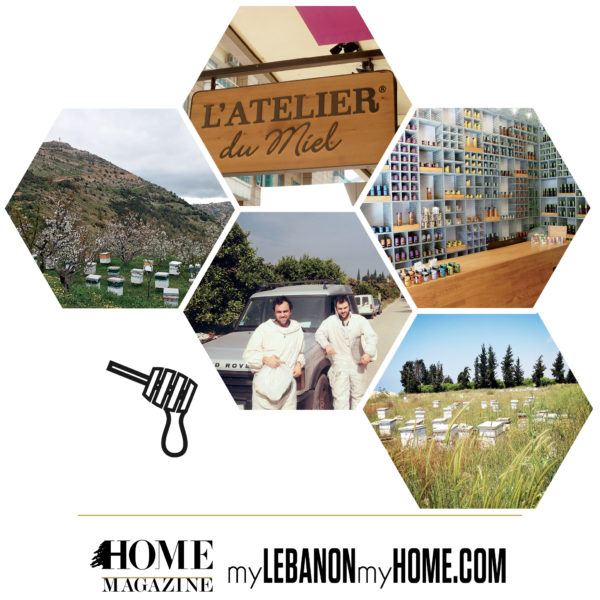

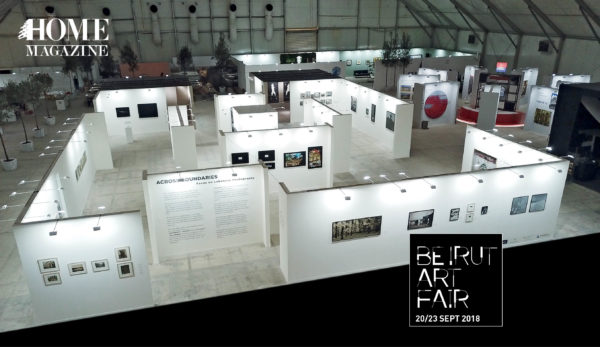

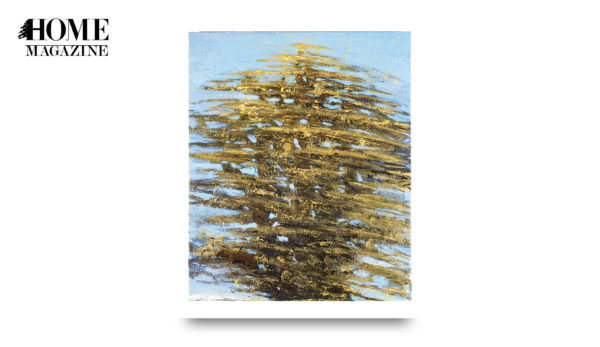








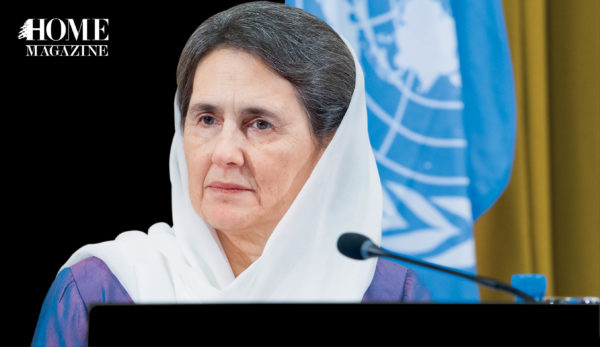

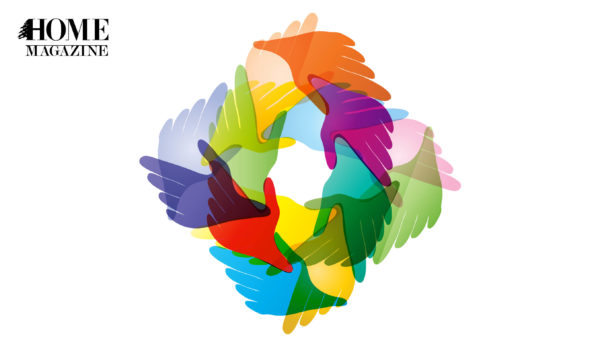


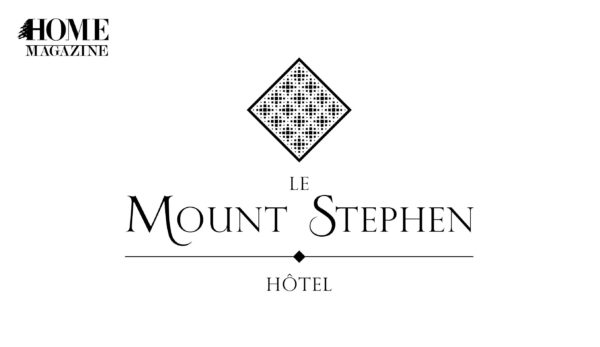



 by
by